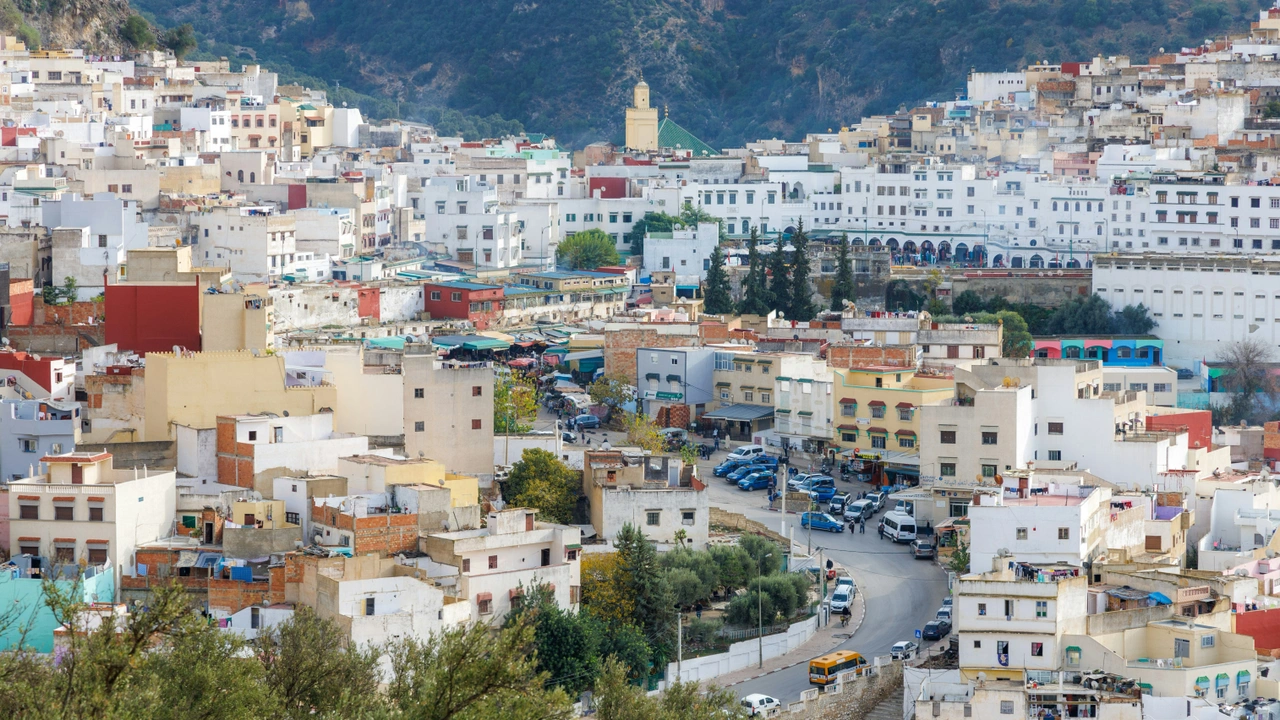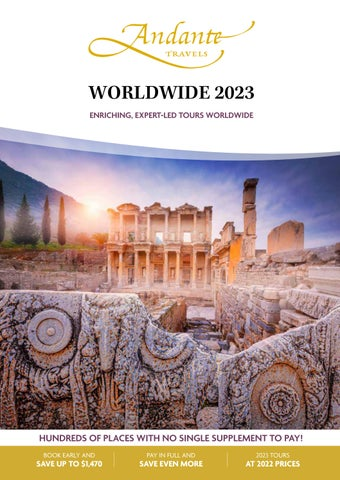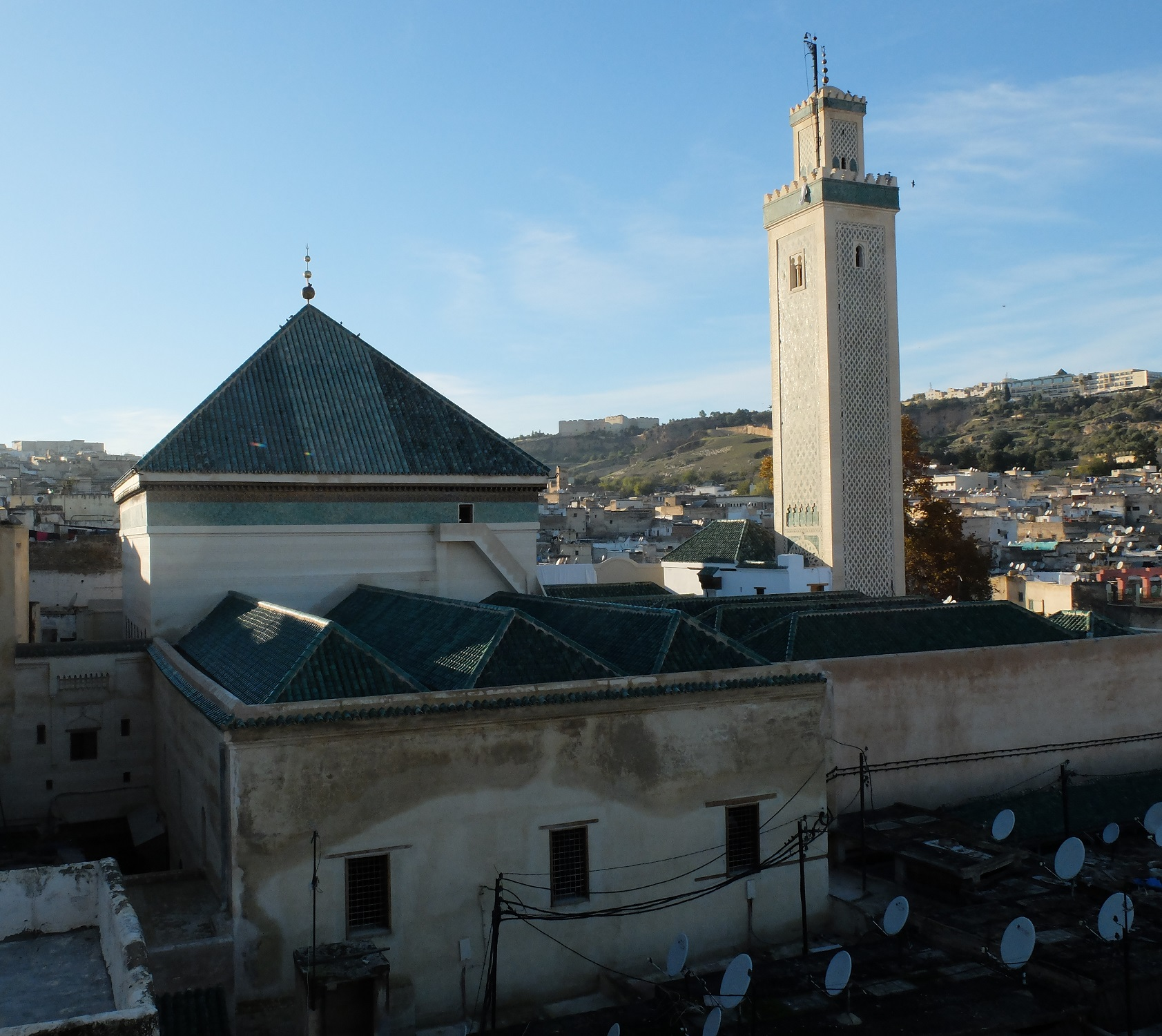- Published on
The Sacred Pilgrimage Routes to Moulay Idriss Zerhoun A Journey Through Morocco s Spiritual Heart
- Authors

- Name
- Adil ABBADI
Introduction
In the heart of Morocco's Middle Atlas Mountains lies the sacred town of Moulay Idriss Zerhoun, a revered pilgrimage site for centuries. This article embarks on a spiritual journey, tracing the historic pilgrimage routes that lead to the shrine of Moulay Idriss Zerhoun, a descendant of the Prophet Muhammad (peace be upon him) and the founder of the Idrisid dynasty. We'll delve into the cultural significance, traditional practices, and modern adaptations of this sacred pilgrimage, highlighting the enduring importance of this Moroccan heritage.

- Cultural Context
- Traditional Significance
- Modern Relevance
- Cultural Preservation
- Conclusion
- Cultural Call-to-Action
Cultural Context
Moulay Idriss Zerhoun, born in 791 CE, was a great-grandson of Hasan ibn Ali, a grandson of the Prophet Muhammad (peace be upon him). He fled to Morocco to escape the Abbasid persecution, eventually establishing the Idrisid dynasty, which played a pivotal role in the country's Islamicization. The town of Moulay Idriss Zerhoun, founded in the 8th century, has since become a revered pilgrimage site, attracting devotees from across Morocco and beyond.
Traditional Significance
The pilgrimage to Moulay Idriss Zerhoun is deeply rooted in Sufi traditions, which emphasize the importance of spiritual guidance, self-purification, and love for the Prophet Muhammad (peace be upon him). Pilgrims, often accompanied by Sufi guides, embark on a transformative journey, seeking spiritual enlightenment, healing, and blessings from the revered saint. The pilgrimage routes are dotted with sacred landmarks, including the Zawiya of Moulay Idriss Zerhoun, a mystical lodge where pilgrims can rest and rejuvenate.

Modern Relevance
While the pilgrimage routes have remained largely unchanged, the modern era has brought new challenges and opportunities. In recent years, the Moroccan government has invested in infrastructure development, making the pilgrimage more accessible to a wider audience. Additionally, local initiatives have emerged to promote sustainable tourism, supporting the local economy and preserving the cultural heritage of the region.
Cultural Preservation
Efforts to preserve and promote the pilgrimage routes to Moulay Idriss Zerhoun are underway. The Moroccan Ministry of Culture has launched initiatives to restore historic landmarks, such as the Zawiya of Moulay Idriss Zerhoun, and to develop eco-friendly tourism infrastructure. Furthermore, local communities are actively involved in preserving traditional practices, including the production of handmade crafts and the preparation of traditional cuisine.

Conclusion
The sacred pilgrimage routes to Moulay Idriss Zerhoun embody the rich cultural and spiritual heritage of Morocco. This ancient tradition continues to captivate the hearts of devotees, offering a profound journey of self-discovery and spiritual growth. As we navigate the complexities of modern life, the pilgrimage to Moulay Idriss Zerhoun serves as a poignant reminder of the enduring power of faith, community, and cultural preservation.
Cultural Call-to-Action
As you embark on your own spiritual journey, consider the sacred pilgrimage routes to Moulay Idriss Zerhoun. Immerse yourself in the rich cultural heritage of Morocco, and allow the spirit of Moulay Idriss Zerhoun to guide you on your path.
